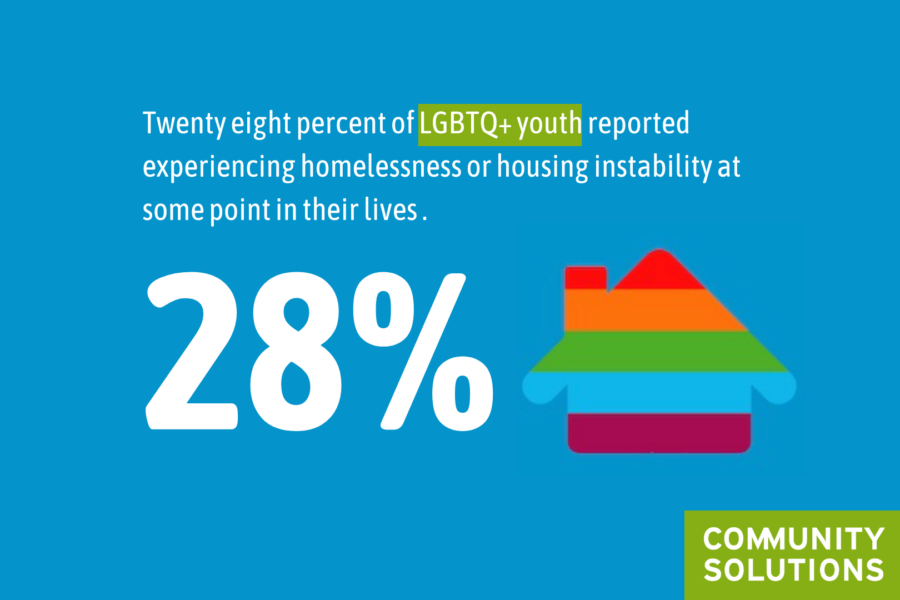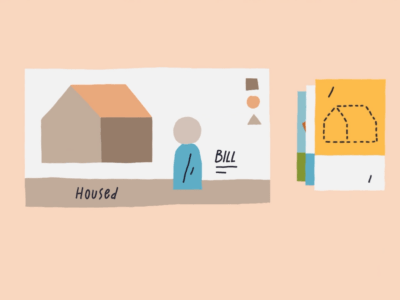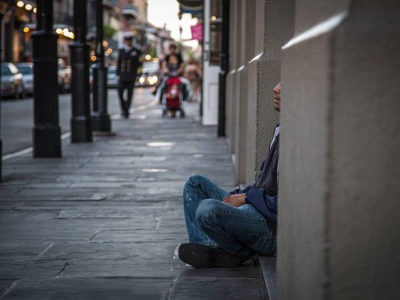As we celebrate Pride Month, we are reminded of the steps we still must take to create a more just and equitable world for everyone. LGBTQ+ people experience higher rates of homelessness and housing instability than their straight counterparts. And this disparity is compounded when they are also Black or brown.
Support organizations working to end LGBTQ+ youth homelessness
We would like to recognize all of the organizations across the country that are committed to the movement to ensure that every LGBTQ+ person has the safety, dignity, and protection of a home. Please note that this list below is by no means comprehensive of every organization working to end LGBTQ+ homelessness.
Reflecting on the many national systems-level partners we have learned from, we’d like to thank True Colors United, A Way Home America, Youth Collaboratory, and Point Source Youth for their vision, impact, and leadership. Please check out their websites to learn how you can support their work.
LGBTQ+ people experience higher rates of homelessness and housing instability

LGBTQ+ youth are over-represented in the homeless population.
According to Chapin Hall’s Voices of Youth Count, an average of 20% of young adults (ages 18-25) experiencing homelessness in the United States identify as LGBTQ+. In some communities, LGBTQ+ young adults make up 40% of their youth homelessness population. Further, LGBTQ+ young people are over twice as likely to report experiences of homelessness than non-LGBTQ+ youth.

The intersection of different marginalized identities compounds inequities among youth of color.
Research from Chapin Hall’s Centering Racial Equity in Youth Homelessness brief shows that young people who identified as both Black and LGBTQ had four times the prevalence of homelessness compared to their peers who identified as White, heterosexual, and cisgender.

People who are transgender or gender diverse experience housing insecurity at a disproportionately high rate.
According to a report from the White House’s Interagency Working Group on Safety, Opportunity, and Inclusion for Transgender and Gender Diverse Individuals, one in three transgender adults has experienced homelessness.




